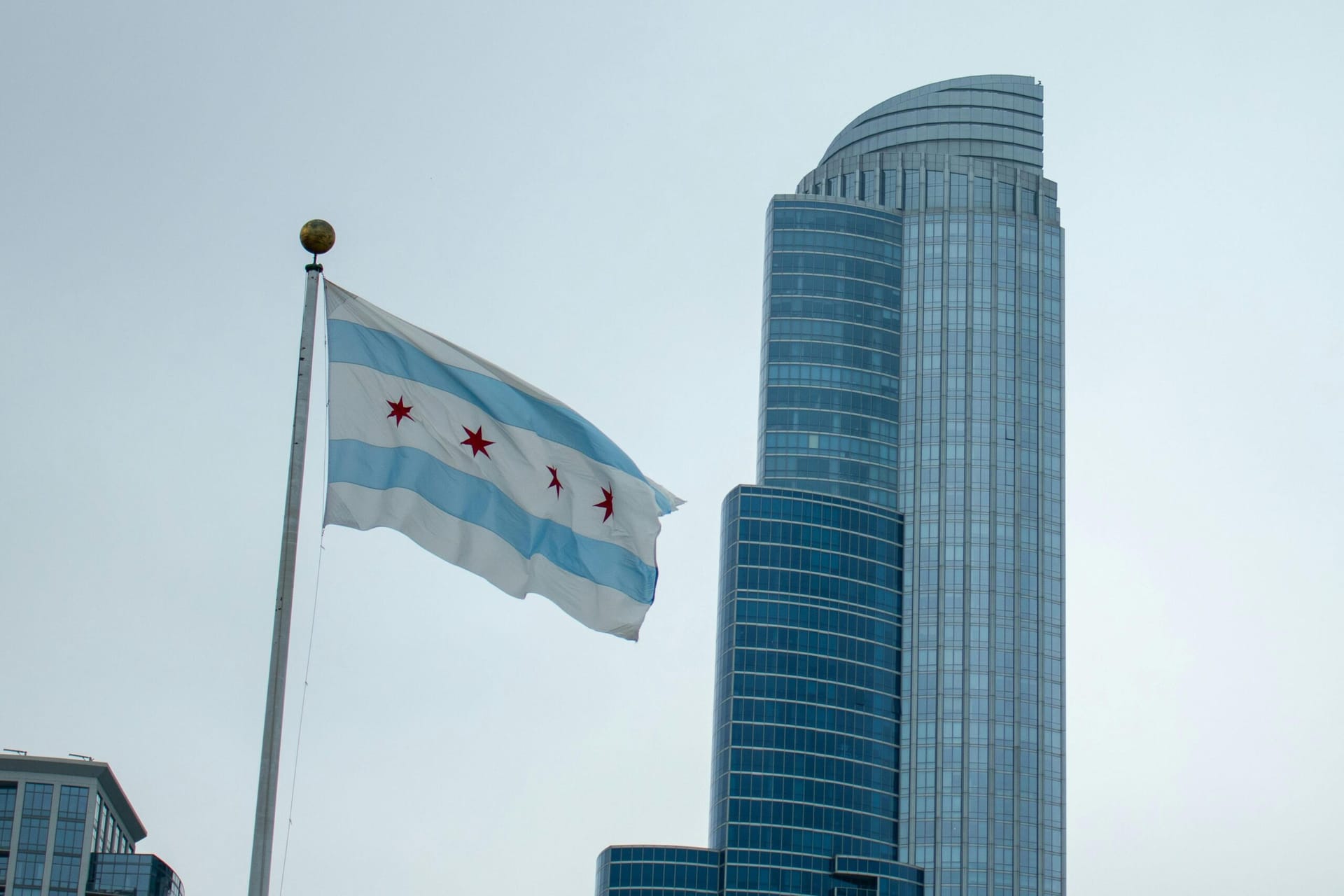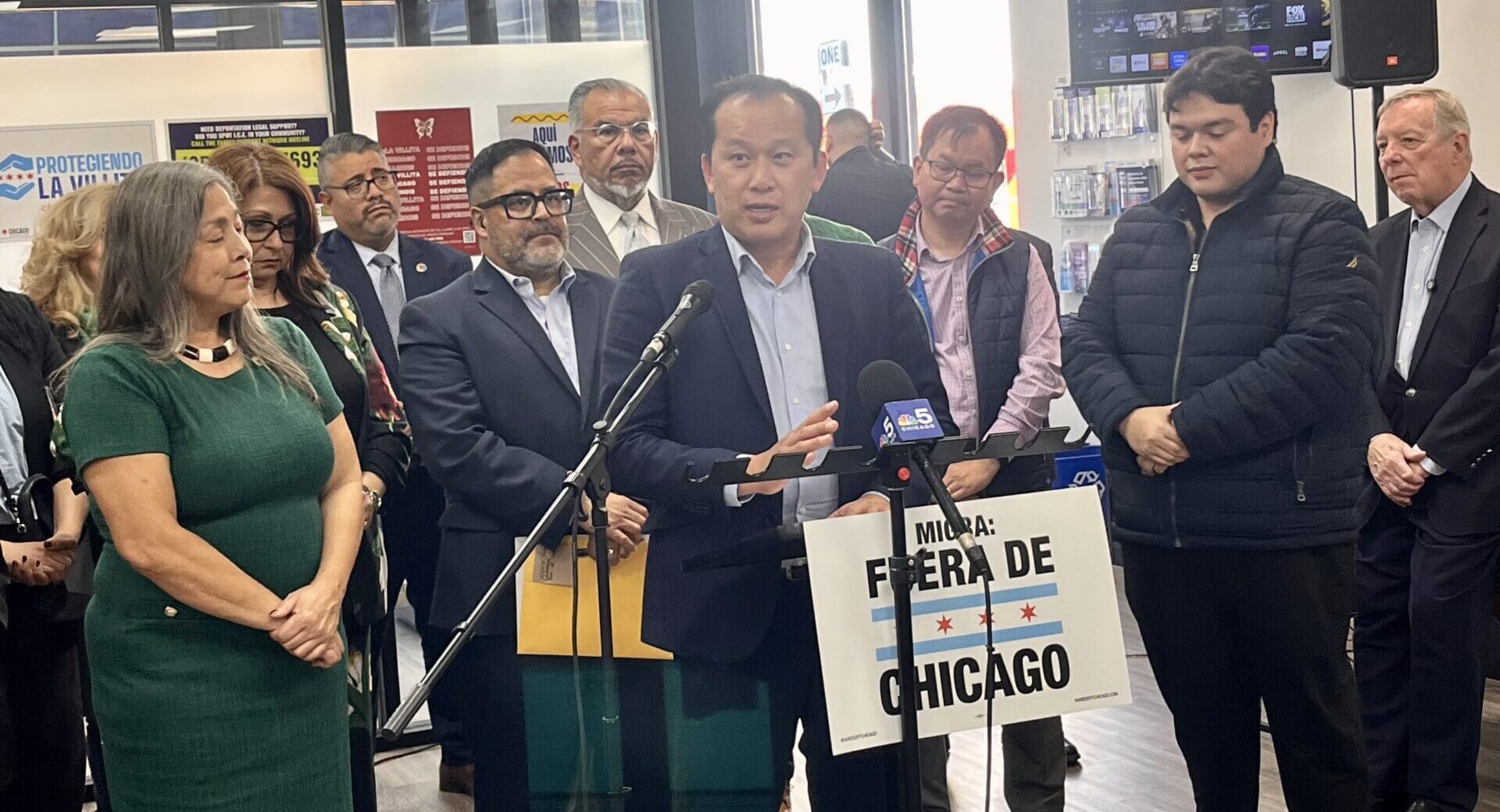Share this post

Chicago and Cook County Budget Review: What it Means for CASL Services and Clients
Budget review season has begun in Chicago and Cook County, with both bodies recently releasing their proposed budgets for the upcoming fiscal year.
Civic Engagement & Advocacy
Federal and State Funding Challenges
To offset shortfalls from the federal government, the state and city will need to reduce funding in other areas—as seen with the recent elimination of the state’s Health Benefits for Immigrant Adults (HBIA) program for its FY2026 budget. Anticipated cuts include the areas of education, behavioral health programs, and caregiver support services. The federal government provides approximately 77% of the City’s total grant awards, either directly or pass-through funding such as the State of Illinois. For FY2026, the City’s proposed total grant funding is projected to decline by $66.1 million.1
We must continue advocating for local funding so we can keep supporting our 7,400+ clients.
Budget Analysis and Key Takeaways
Our Impact and Advocacy team analyzed the proposed Cook County and City of Chicago budgets to understand their impact on CASL programs and clients. Key findings include:
- Uncertainty Around Future Funding for Behavioral Health Programs
While CASL will continue to receive grant funding through Cook County’s Stronger Together: Behavioral Health Initiative, the grant is funded by the federal American Rescue Plan Act of 2021 (ARPA) and it expires at the end of 2026. Moreover, the proposed city budget does not explicitly mention CASL’s other City-funded programs, including the Mental Health Expansion Initiative (MHEI) and Caregiver Support Services (CGSS). CGSS is funded through the Illinois Department of Aging and federally through the Older Americans Act (OAA), which faces a high risk of significant federal reductions.
- Major City Budget Shortfall
Chicago faces a $1.2 billion budget gap—one of the largest in recent history—driven by pension obligations, rising healthcare costs, limited revenue authority, and reduced federal support. While all service areas are impacted, Childcare and Early Childhood education are among the hardest hit, with proposed decreases of $10.8 million (50%) and $133.2 million (57%) respectively, compared to FY2025 levels.
- Lack of Disaggregated Community Data
Currently, no standardized practices or policies are in place within City departments to improve data disaggregation by ethnicity. This disproportionately impacts the AANHPI community, which often goes undercounted and underfunded. Disaggregated data is crucial to ensuring equitable access to funding, services, and policy interventions.
The AANHPI community is one of the fastest-growing groups in the United States.2 Here in Illinois, our population has grown 31% since 2010, reaching nearly 900,000 residents.3 In Chicago, we’ve seen an 11.6% increase in the past four years – now making up about 8% of the city’s population.4
What This Means for CASL and Our Clients
1. Behavioral Health:
Planning for long-term sustainability remains critical. At the city level, the Mayor has proposed new revenue-generating measures that could strengthen mental health funding:
- Community Safety Surcharge: Expected to generate over $100 million annually for a community safety fund supporting domestic violence prevention.
- Social Media Amusement & Responsibility Tax (SMART): Projected to generate $31 million for mental health services.
Ongoing collaboration with elected officials and prioritization in the municipal budget will determine whether organizations like CASL are able to utilize these funds to support clients and maintain programming.
2. Children and Youth Services:
CASL receives City funding for the following programs:
- Child Care Assistance Program (CCAP)
- Out-of-School Time (OST)
- Prevention Initiative (PI)
- Preschool for All (PFA)
CCAP, PI, and PFA programs each face budget reductions of more than half compared to FY2025, resulting in a total combined shortfall of over $144 million. To protect our youth programs and maintain critical services for families, CASL will continue to advocate for greater investment in education—not divestment.
3. Data Disaggregation:
The AANHPI population is projected to exceed 46 million by 2060, more than doubling in 40 years. Yet, only 34 cents of every $100 in philanthropy currently goes to AANHPI communities.5 Aggregated data hides disparities and limits support for the communities most in need.
Improving data collection and disaggregation is essential for shaping policies that improve equity and responsiveness of health and social services. CASL will continue to urge City Council to adopt clear, comprehensive practices for data collection and reporting—ensuring that every community is accurately counted and equitably served.
Learn more about CASL’s data disaggregation initiative through ChangeInSight.
Next Steps and How to Advocate
Public Hearings
Chicago will hold public budget hearings throughout the fall. The City Council must pass the final budget by December 31, 2025, with the new fiscal year beginning January 1, 2026.
Advocacy Opportunities
- Stay connected with CASL and other community organizations: CASL recently led an Advocacy Day on October 30, 2025, to speak directly with City Council representatives about the importance of funding youth services and behavioral health. Follow us on LinkedIn, Instagram, or Facebook to stay informed and learn about future opportunities to show decision-makers how these cuts impact our clients and community.
- Contact your representative: You can still contact your Alderman or Illinois State representative by phone, email, or direct mail. Elected officials often host opportunities to meet with them in person. Find your representative.
- Vote: Stay informed about the candidates on your ballot and what policies they support. Make sure your voter registration information is up to date and be aware of important election dates. Learn more in our blog post, “Get Ready: Your Vote – Why it Matters and How to Be Prepared.”
View the 2026 Chicago City Budget Proposal.
View the 2026 Cook County Budget Recommendation.
Sources:
1 https://drive.google.com/file/d/1AN21XELr7uy-Ex0UtcPkrMZjk_JSCThz/view
2 https://www.pewresearch.org/race-and-ethnicity/fact-sheet/asian-americans-in-the-u-s/
3 https://www.impactdupage.org/demographicdata/index/view
4 https://chicago.suntimes.com/news/2025/06/26/census-bureau-estimates-show-fast-growing-asian-population-in-metro-chicago
5 https://aapip.org/news/aanhpi-communities-still-receive-just-34-cents-of-every-100-in-philanthropy


